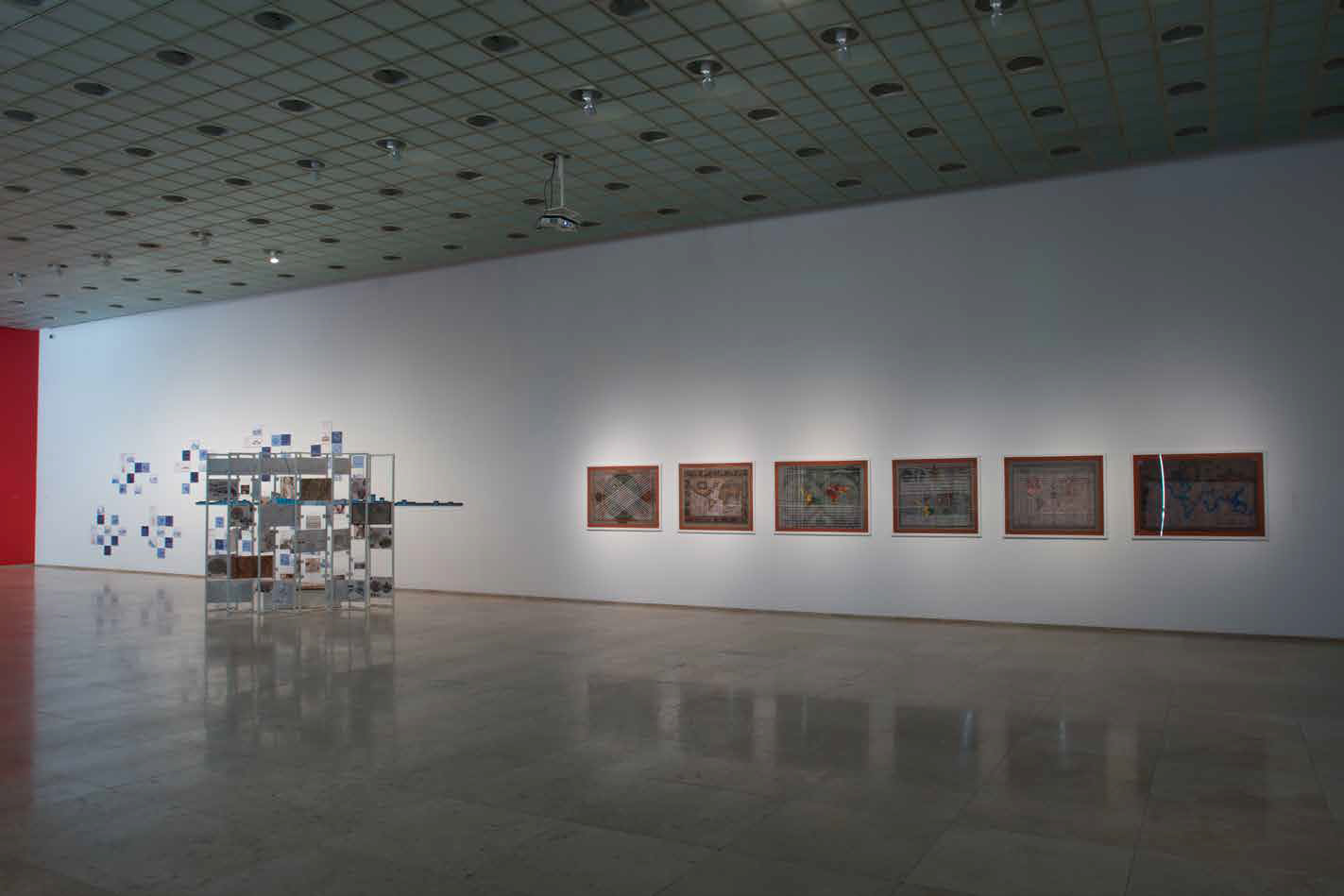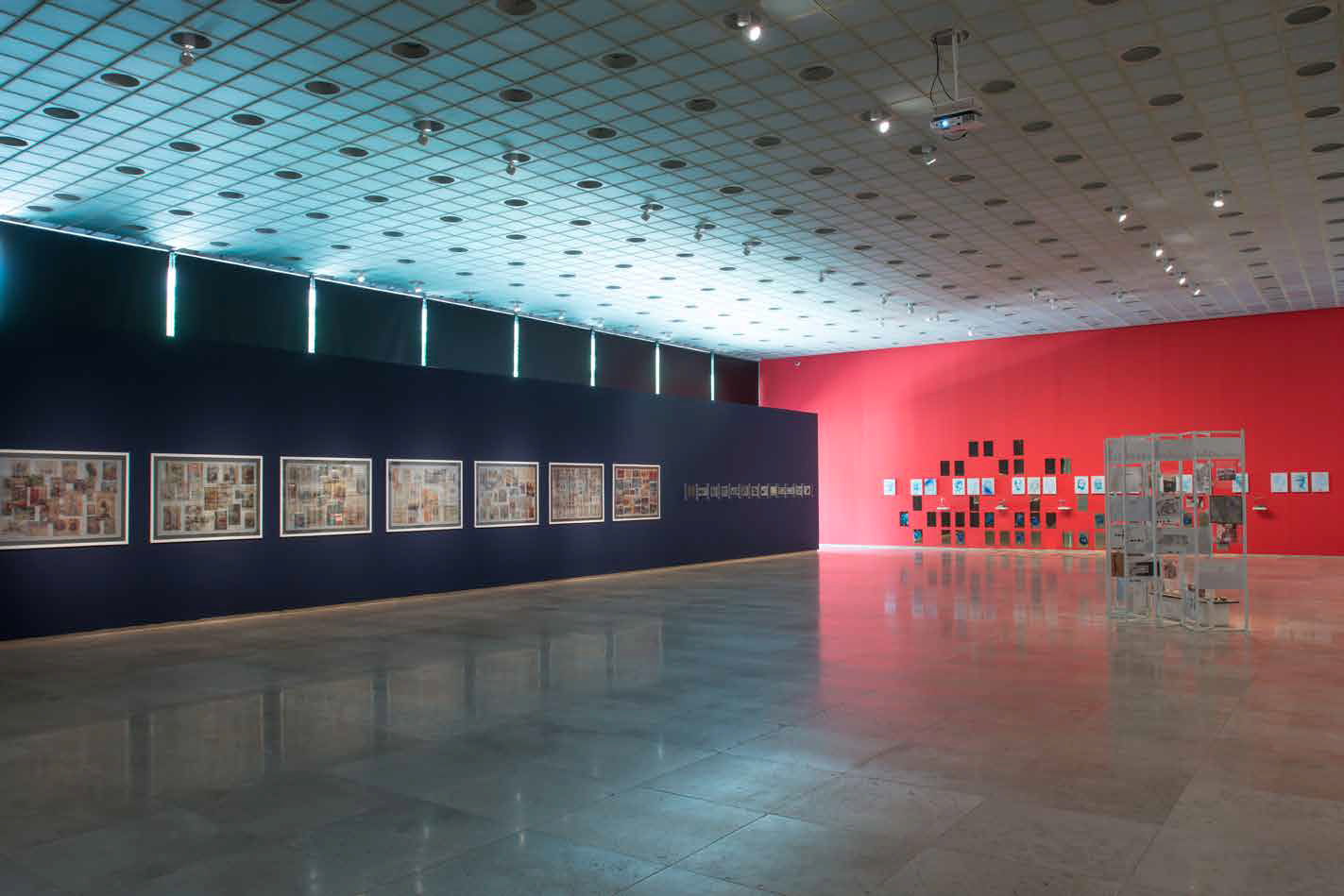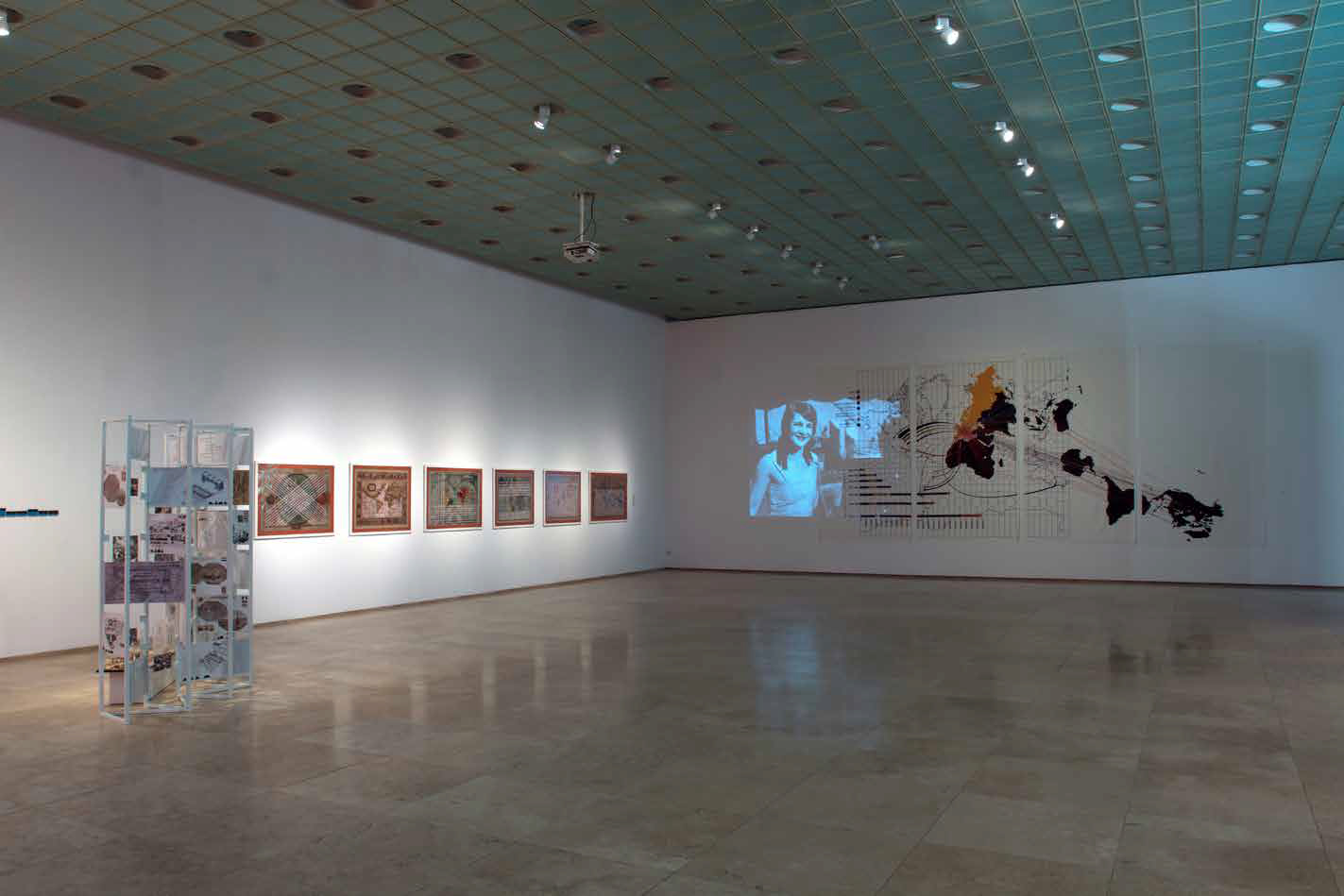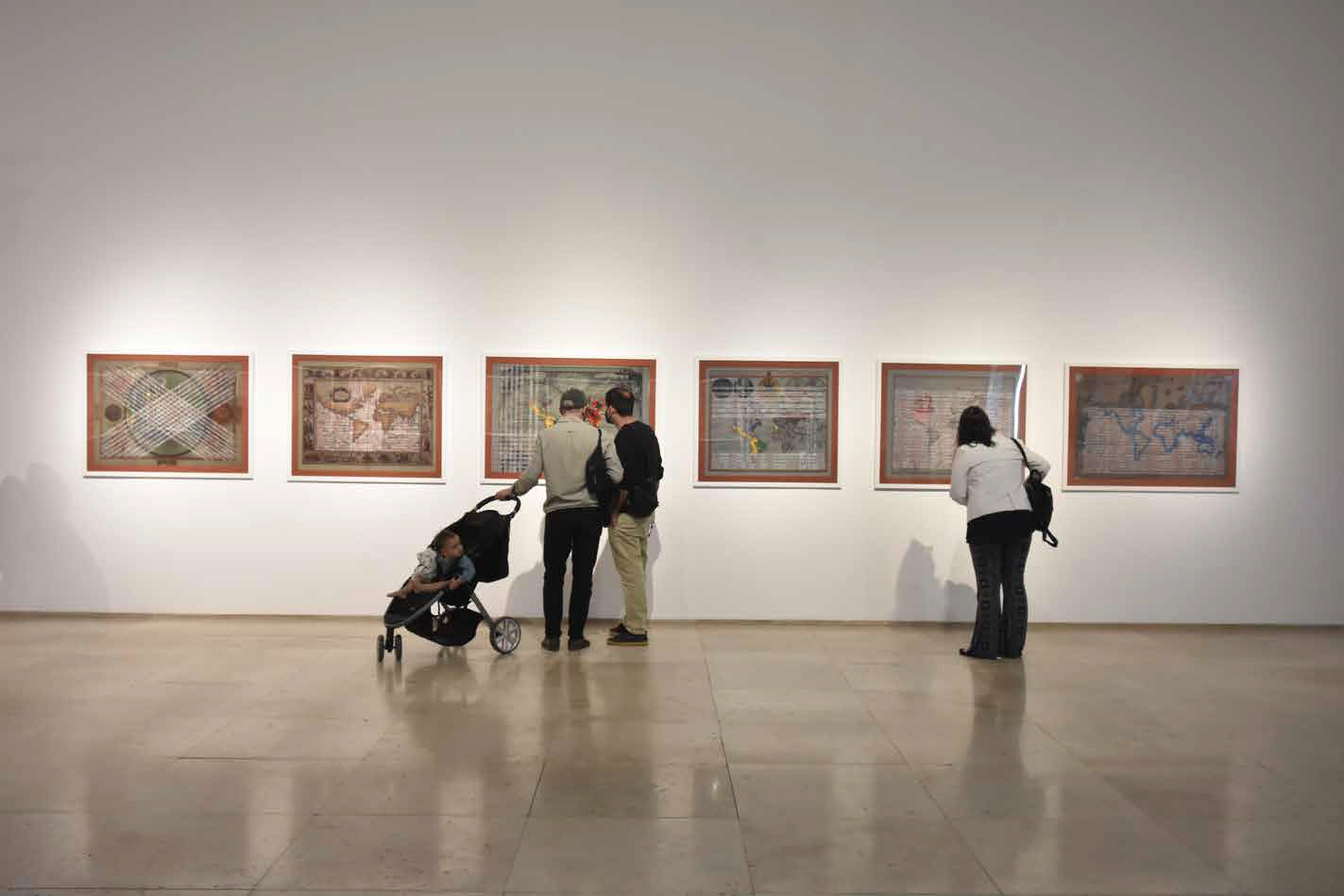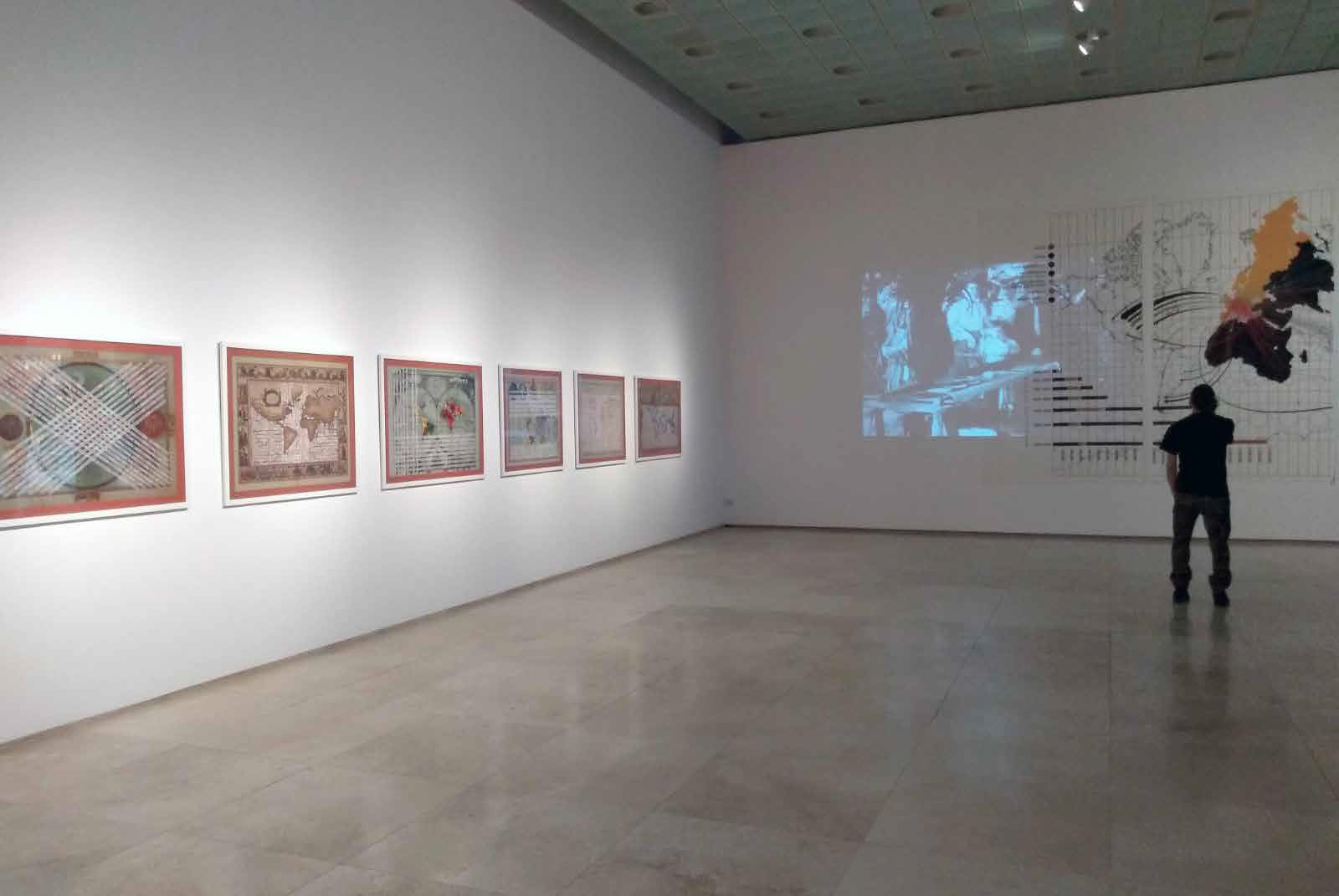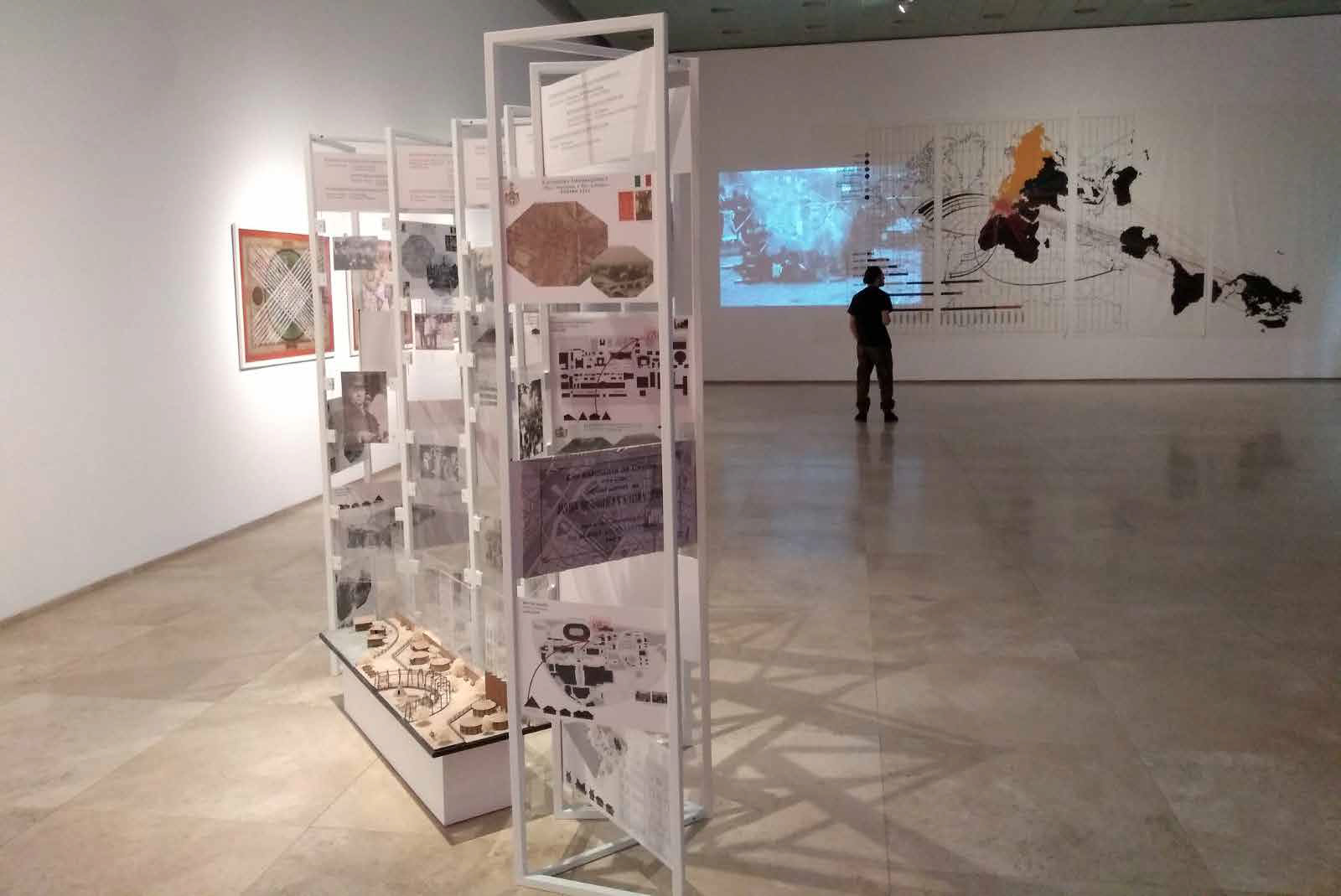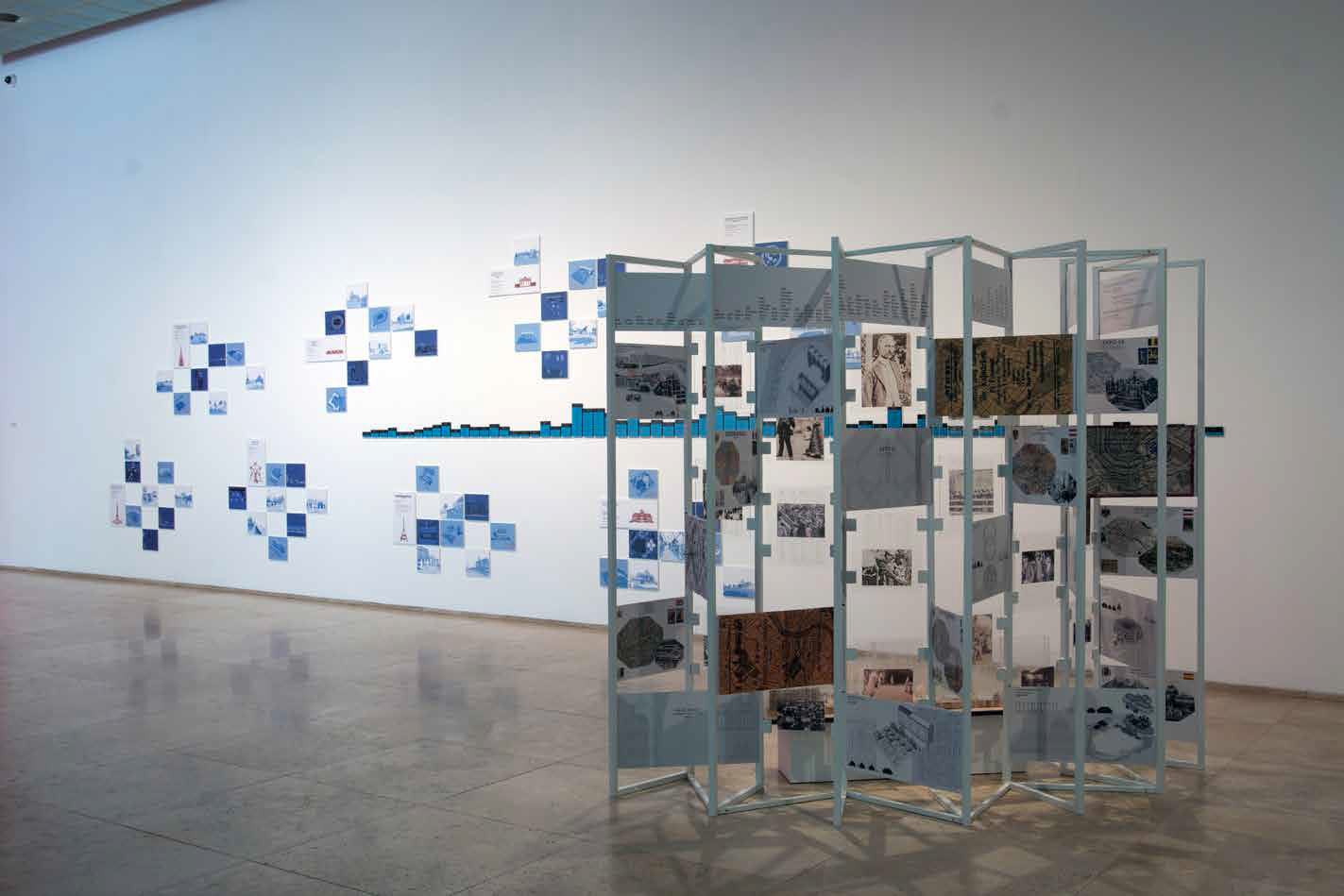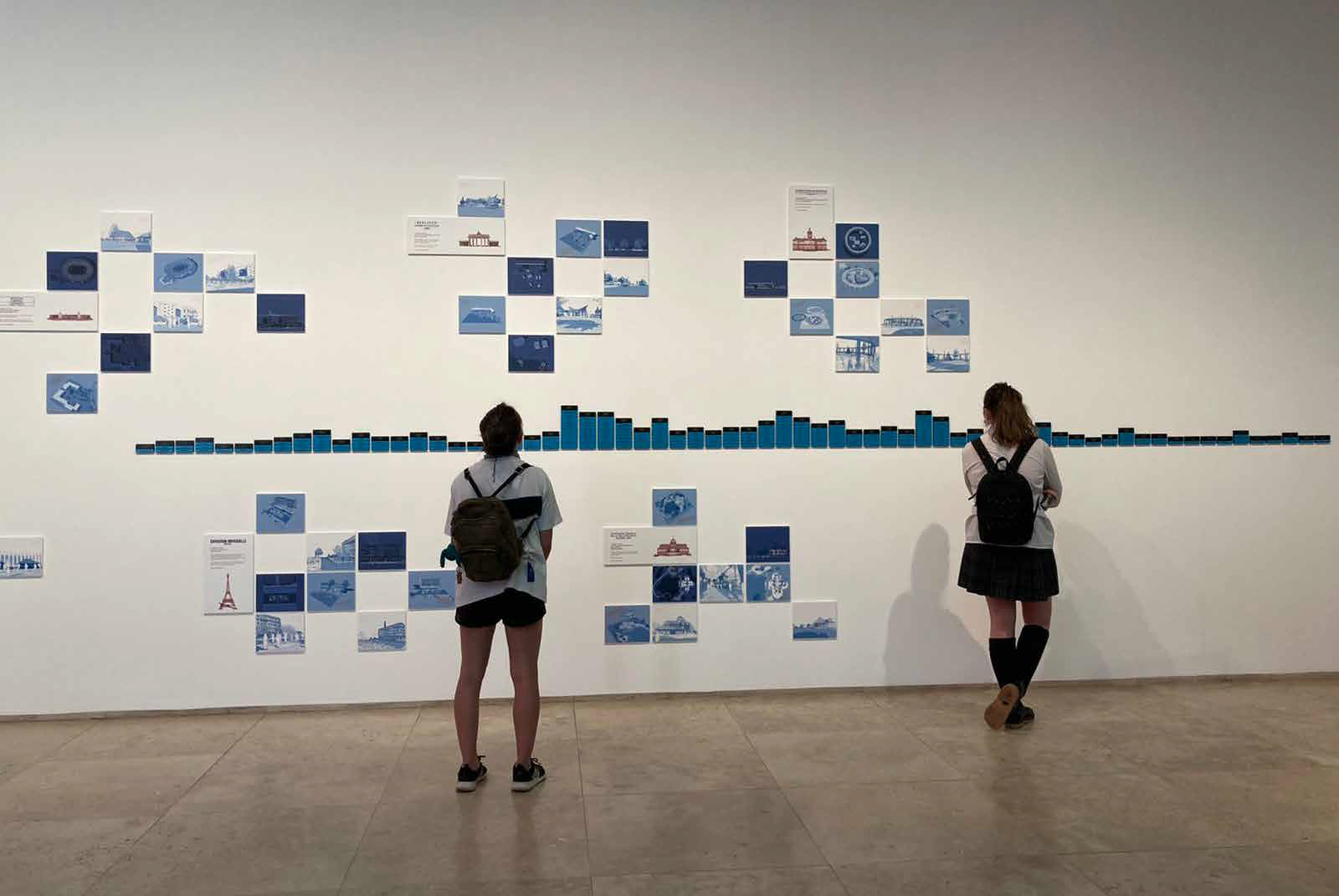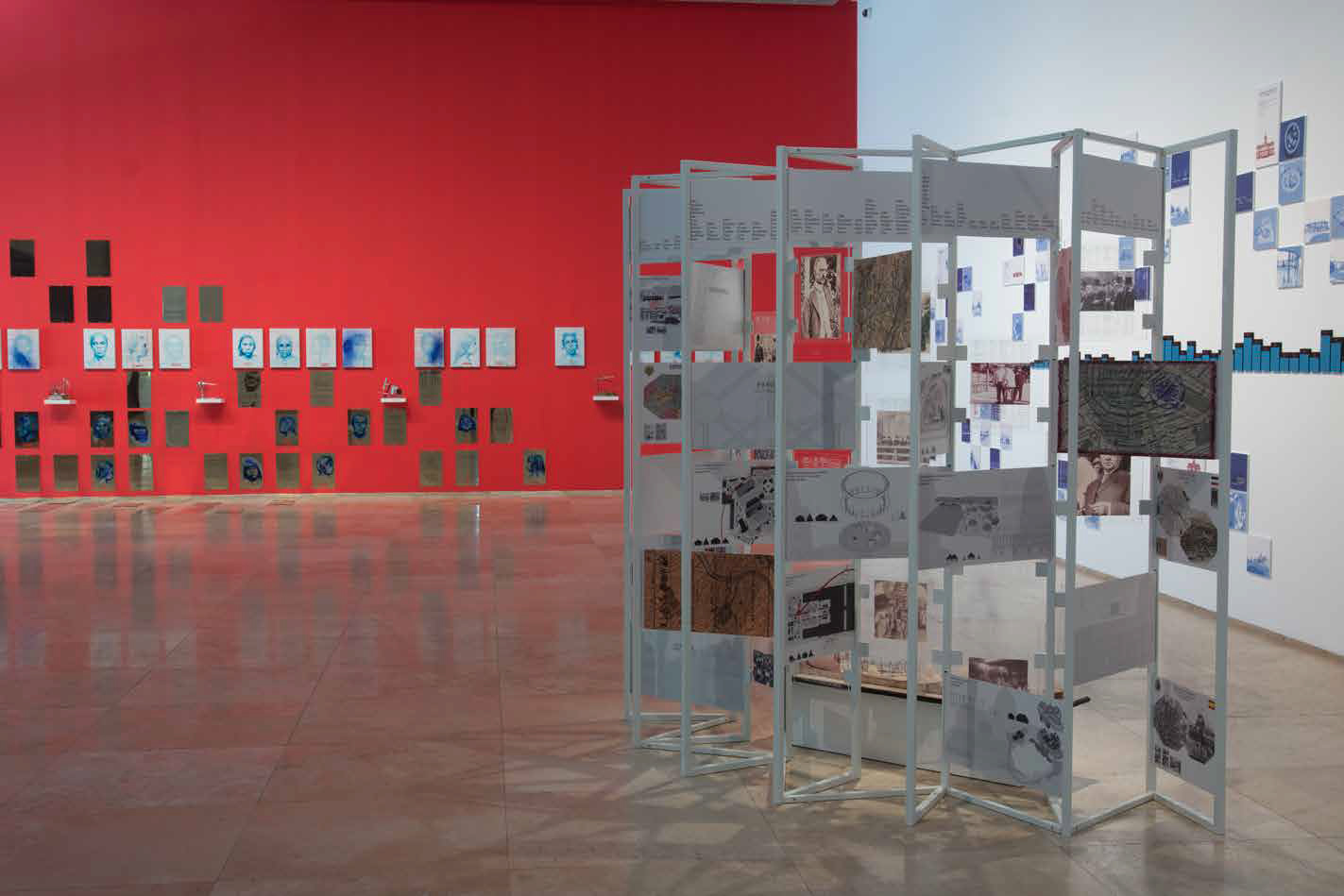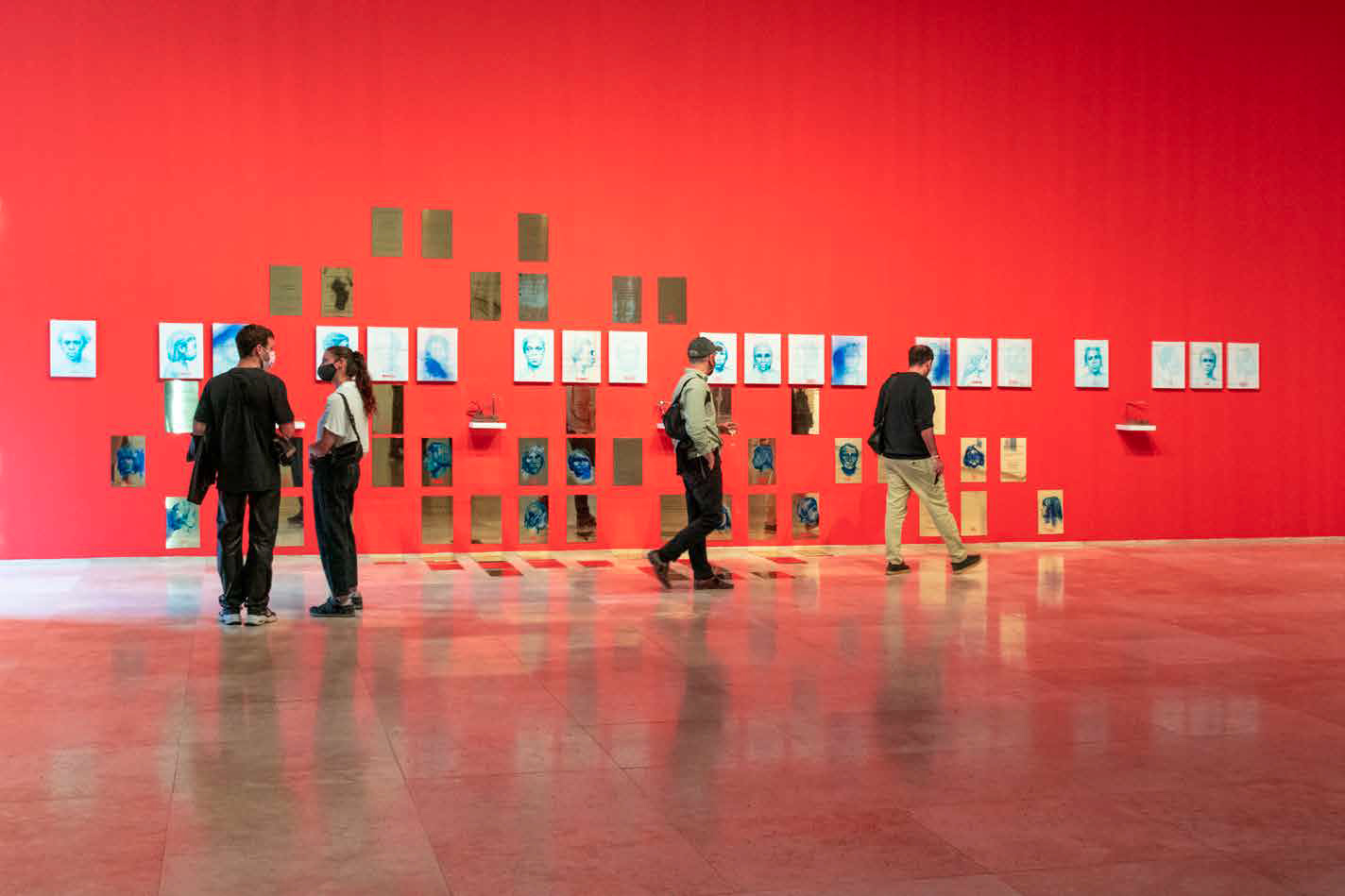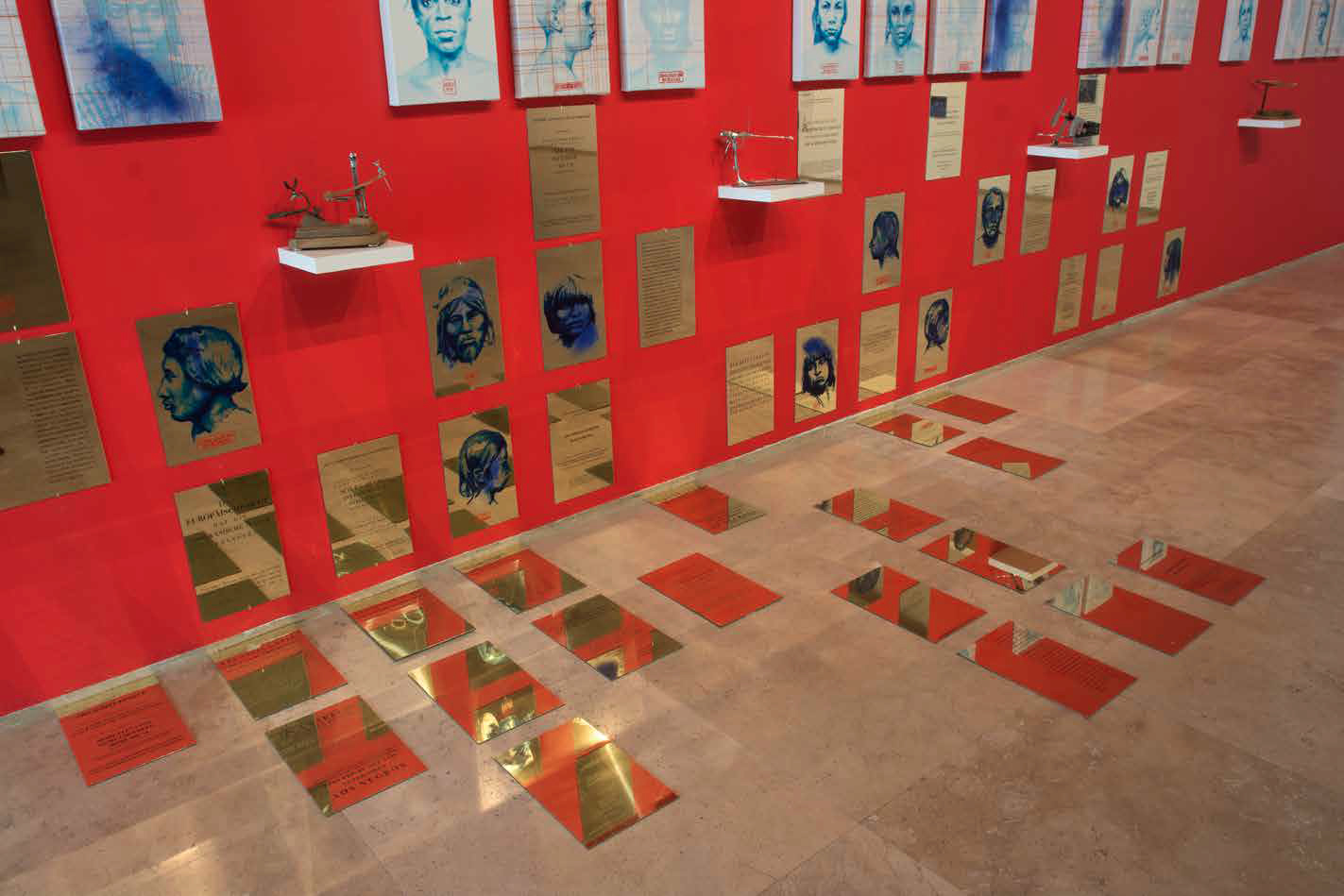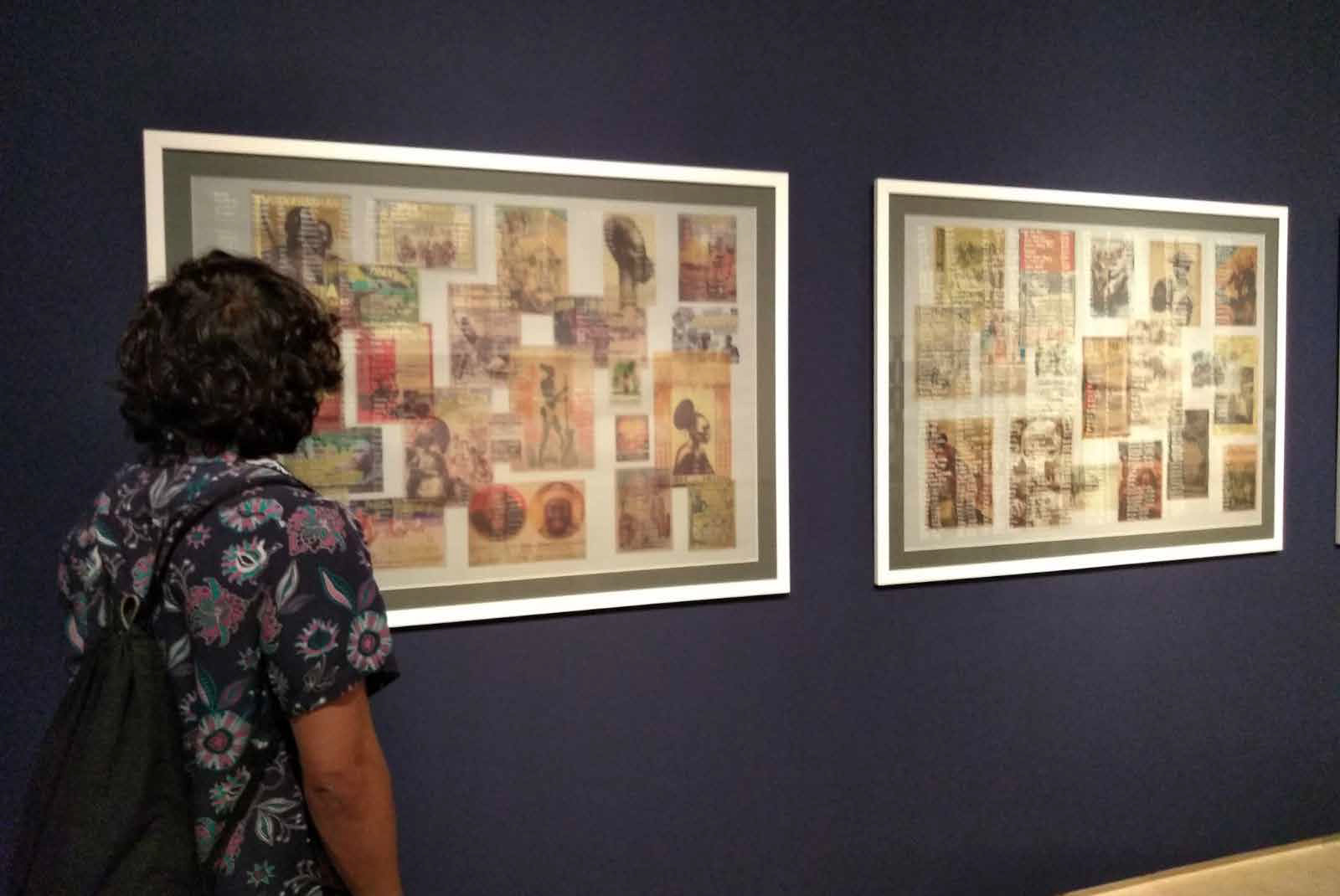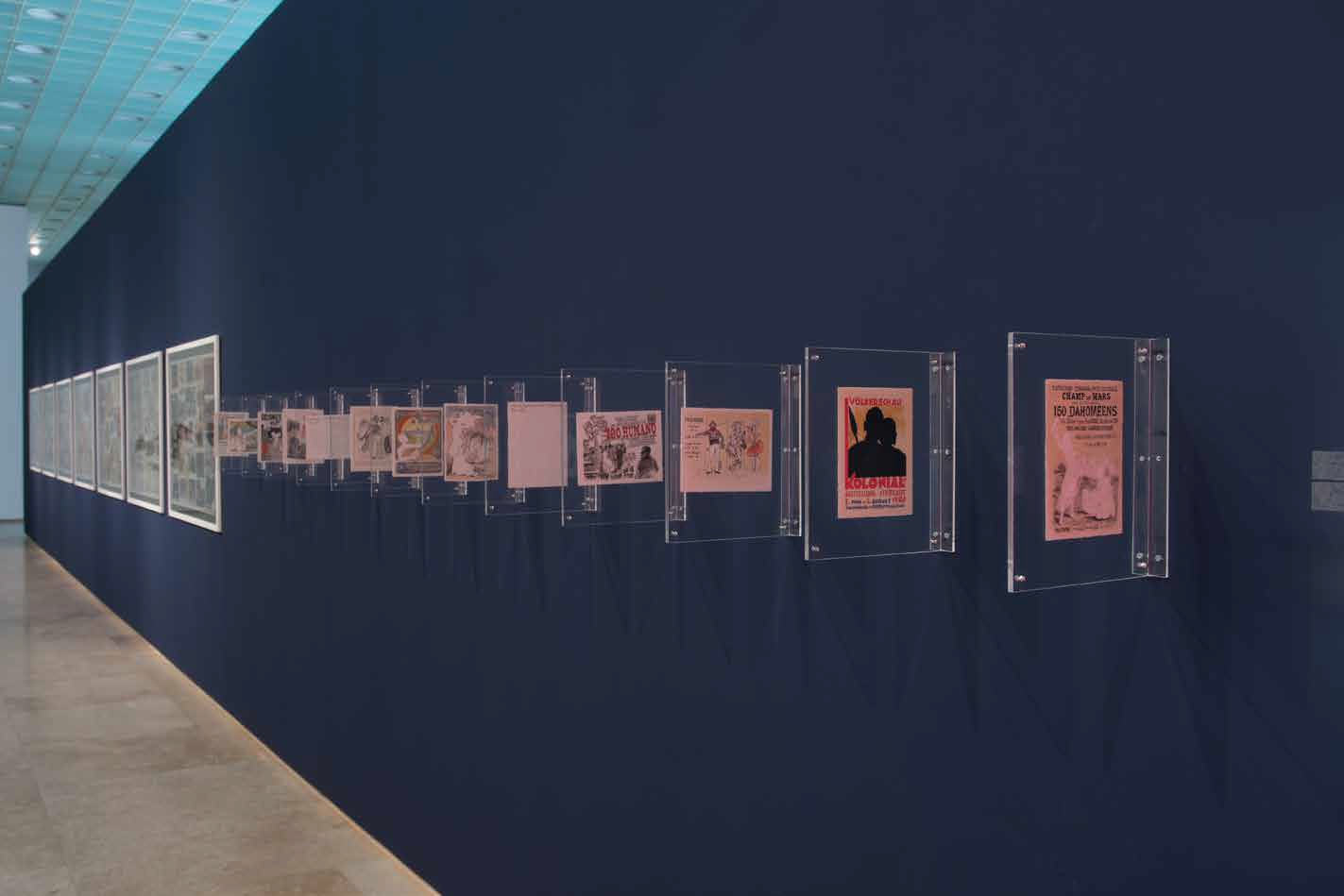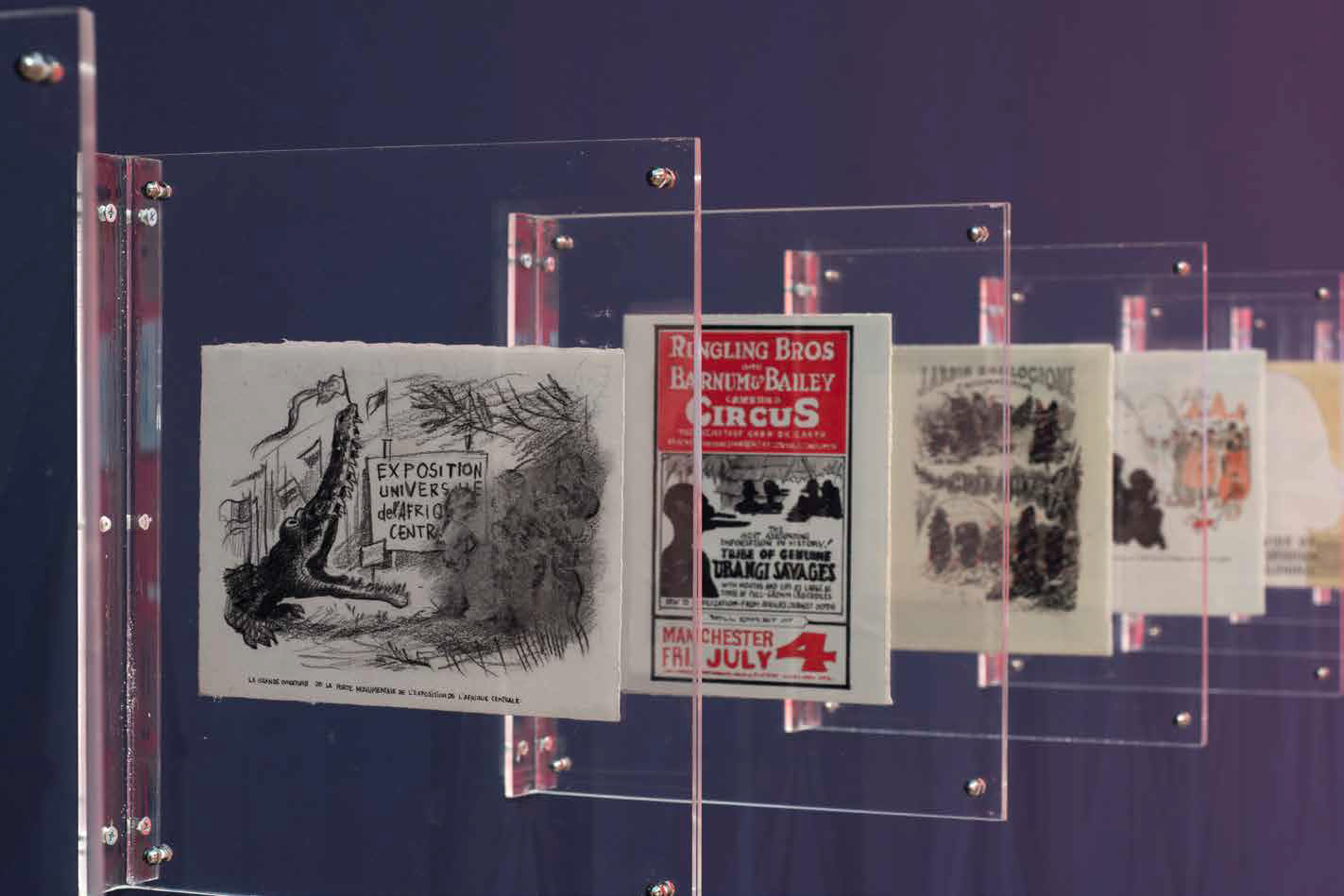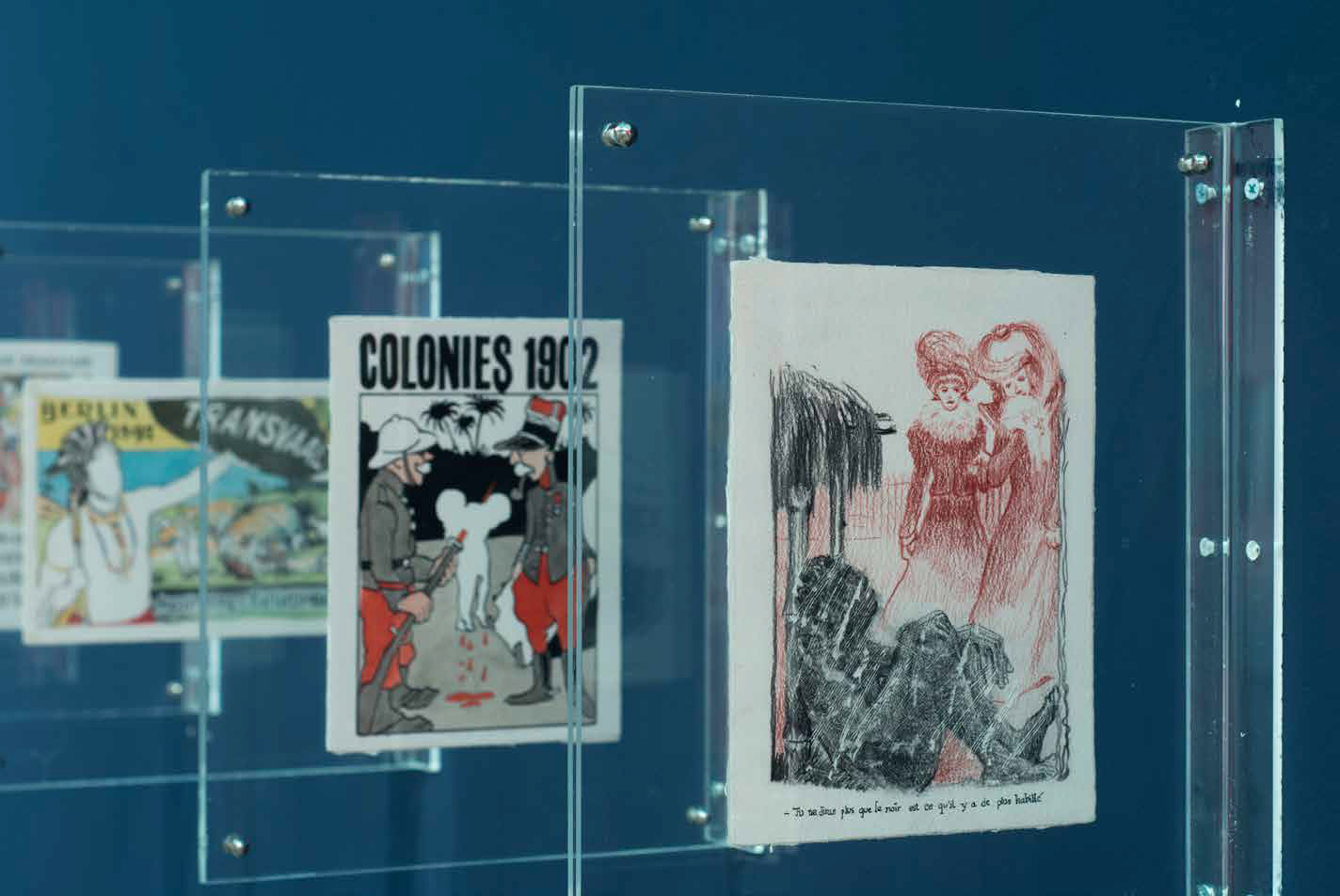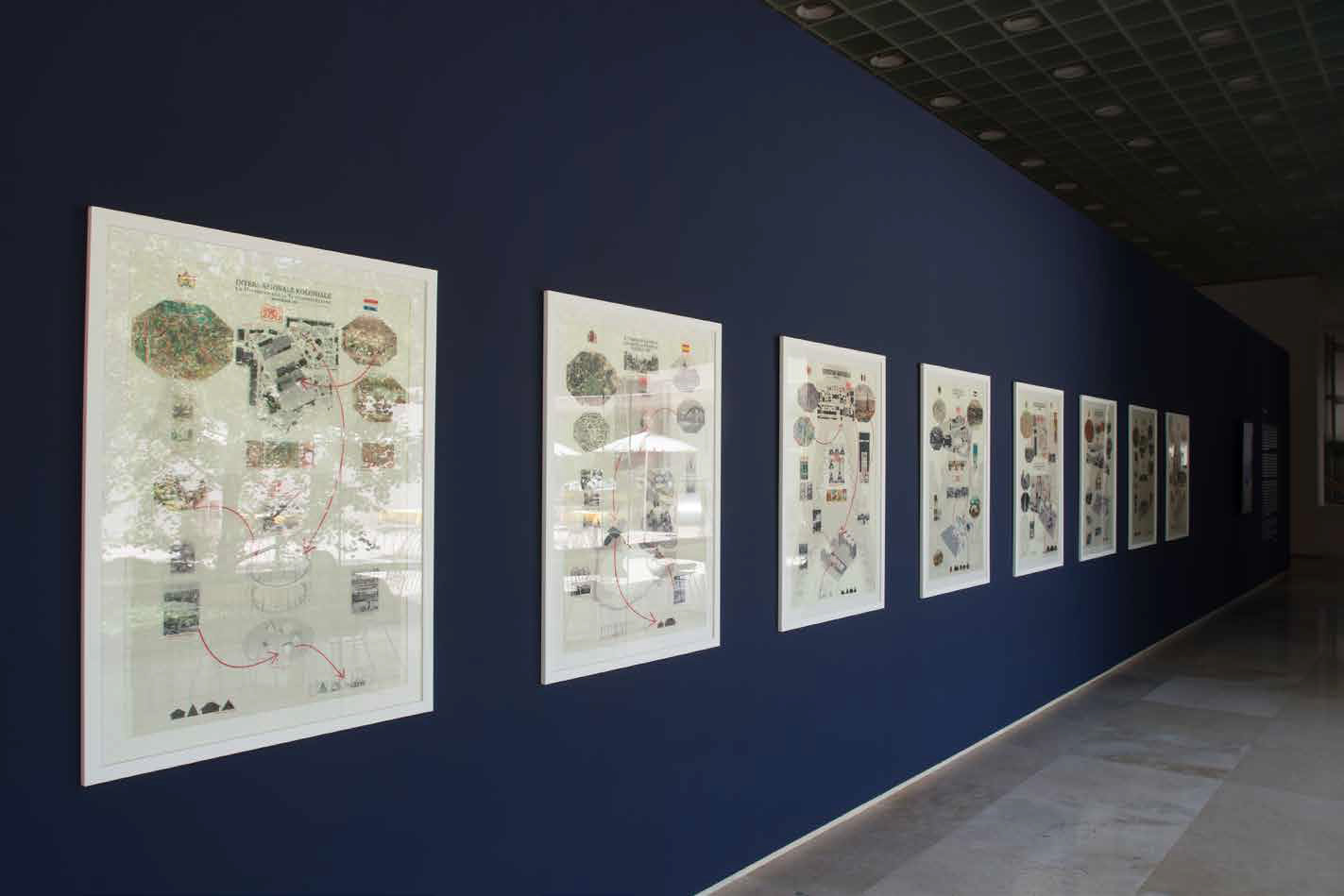
Zoo
The phenomenon of human zoos, exhibited in Europe, served to establish economic expansionist principles by constructing notions of the savage, the exotic and the other. From 1815 to 1958, they signified the popularization of European racism and the legitimization of conquest over the territories of these non-European places. From 1874, with Germany taking the lead, the animal trader Karl Hagenbeck was the artificer of human zoos. He staged shows featuring individuals from “exotic” peoples. In the first year he received one million visitors.
On May 6th, 1889, the Universal Exposition was held in Paris. As part of the celebration of the Revolution and its motto of Equality, Fraternity and Liberty, Selk’nam people kidnapped from Tierra del Fuego were exhibited as savages along with other aborigines. The Lumière brothers made films of the exhibition, recording its multitudinous attendance and the enjoyment of these human exhibits. The Jardin d’Acclimatation, in Paris, was one of the places built as a scenography to exhibit animals, plants and “savages”.
The “scientific gaze” also helped to emphasize the cultural differences between Western and non-European nations. For this purpose, this gaze on these bodies will be collected. In Darwin’s travel diaries one can read that he considered the Fuegians as “the most abject and miserable creatures”. Darwin came to the false conviction that the natives practiced cannibalism. These “scientific” conclusions became popular from 1850 onwards. In those years appeared the Essay on the Inequality of Human Races (1853) by the French writer Joseph Arthur de Gobineau, the initial work of the racist philosophy. His thesis, based on the racial factor, states that the Aryan racial superiority lies in “the monopoly of beauty, intelligence, and strength”, later taken up by Nazism.
The exhibition “Zoo” takes this cultural, social, and geopolitical phenomenon of human zoos in Europe to make explicit the magnitude of its influence over time and the geopolitical and urban extension in different European cities. The work proposes an immersion in this hidden history that maintains a current relevance through the supremacist discourses that have emerged in our contemporary time.
RAZA (2020) – Voluspa Jarpa
Museo del Hombre Hegemónico
Case 3: Los zoológicos humanos – La institucionalización del colonialismo y la popularización del racismo científico
Archive: RAZA_Caso 3_Zoo.mp4
Link Youtube: https://youtu.be/EuKc0w-aokI
Human Zoo’s Visitors
Museo del Hombre Hegemónico
Case 3: Los zoológicos humanos – La institucionalización del colonialismo y la popularización del racismo científico
Archive: P23_Human Zoo_200mb.mp4
Link Youtube: https://youtu.be/5orD1xHl3Ro
DIFFUSION VIDEO
Entrevista a Voluspa Jarpa - Puro Chile
exhibición:
ciudad:
país:
Especificación:
- Cartografía Incógnita (Unknown Cartography)
Digital print on fabric and video projection - Serie Cartografía de la colonización (Colonization Cartography Series)
6 digital prints on polyester paper, collage, ink and colored pencils - Zoológicos humanos 1845-1958 (Human Zoos 1845-1958)
Steel structure, engraved acrylics, digital print on paper, PVC and wood models - Políptico zoológicos humanos (Human Zoos Polyptych)
Digital print and engraving on two- layer ABS on PVC - Serie Clasificados (sobre la desigualdad de las razas) Classified Series (On the inequality of races)
Print on aluminum composite, oil and pigment on canvas and aluminum composite, wooden and metal objects - Políptico atlas zoos humanos (Human Zoos Atlas Polyptych)
7 digital prints on polyester paper with manual ink intervention and 13 pencil, ink and watercolor drawings on paper, in acrylic supports - RAZA (RACE)
Video - Serie Zoológicos humanos - emplazamientos (Human Zoos Series – Settlements)
8 digital prints on polyester paper

